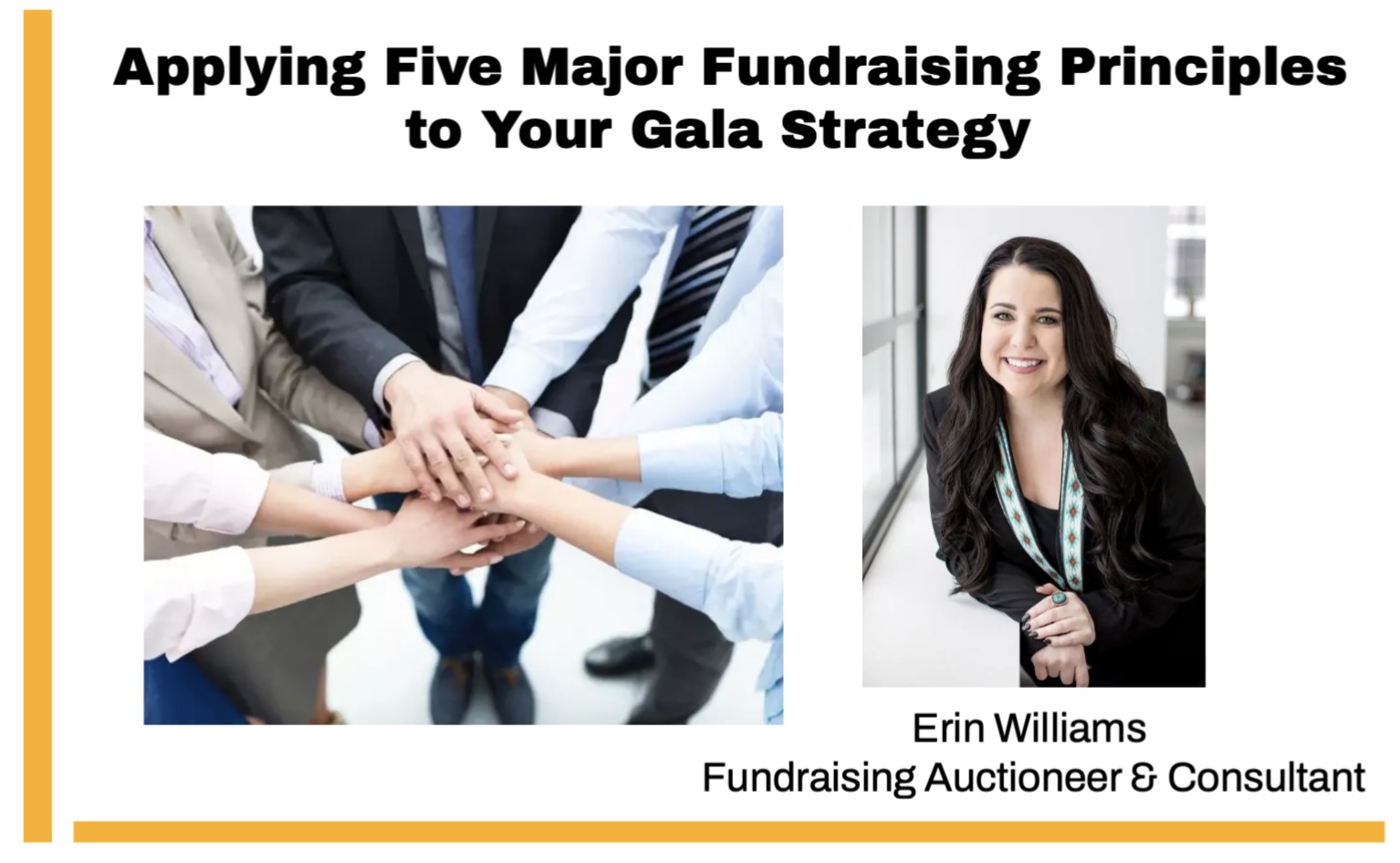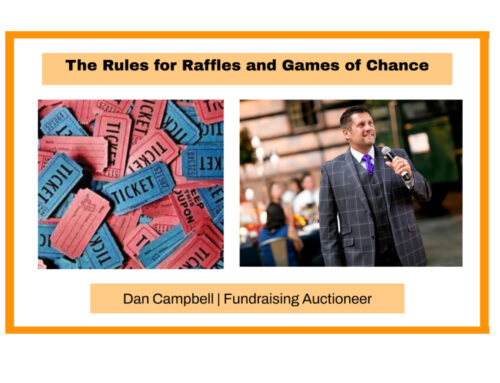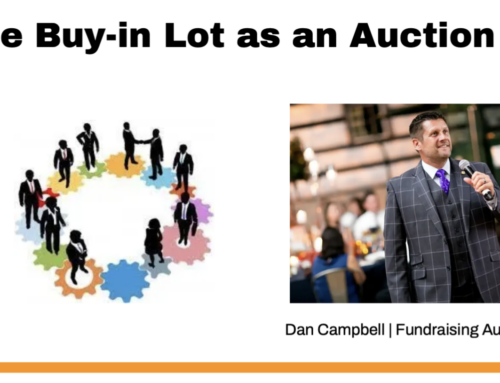In The Complete Guide to Fundraising Management, Weinstein and Barden share there are five major fundraising principles. I believe we can apply these principles to special fundraising events.
- “People give to people to help people.”
The reason donors give is because they love what you do and who you do it for. They believe in your mission and trust with confidence in its ability to make a difference. We are the vehicle, the channel in which donors are impacting communities. In relevance to your gala, it is important that all attendees are educated on your mission not simply because someone invited them. You might consider equipping your table captains or sponsors with information or talking points prior to your event.
- “People give in relation to their means and in relation to what others give.”
Mark 12:42-44 (The Message) “Sitting across from the offering box, he was observing how the crowd tossed money in for the collection. Many of the rich were making large contributions. One poor widow came up and put in two small coins—a measly two cents. Jesus called his disciples over and said, “The truth is that this poor widow gave more to the collection than all the others put together. All the others gave what they’ll never miss; she gave extravagantly what she couldn’t afford—she gave her all.”
This Biblical concept shapes my approach for a paddle raise moment. I see gifts of all sizes given at major fundraising events and I often say from the sage, “Every dollar matters.” And in consulting, I teach nonprofit leaders to treat every gift equally. Furthermore, you might consider offering ways to participate for a range of budgets at your event.
- “Those closest to the organization must set the pace.”
I believe this idea begins with your board. If your Board of Directors doesn’t lead by example by raising their paddle to give at your event, why would anyone else?
- “Successful fundraising is the right person asking the right prospect for the right amount for the right project at the right time in the right way.”
This relates back to the first rule. The most suitable person to approach a prospective donor is the person with appropriate linkage to the prospect. This is how we can turn underperforming sponsor tables into mission-focused performing tables.
- “The 80/20 rule is becoming the 90/10 rule.”
While I see this rule morphing, I think it can be dangerous to depend on only a few donors for funding. A healthy organization needs a balance of donor capacities. By maintaining a balanced fundraising donor base, organizations are better able to serve during periods of instability.






